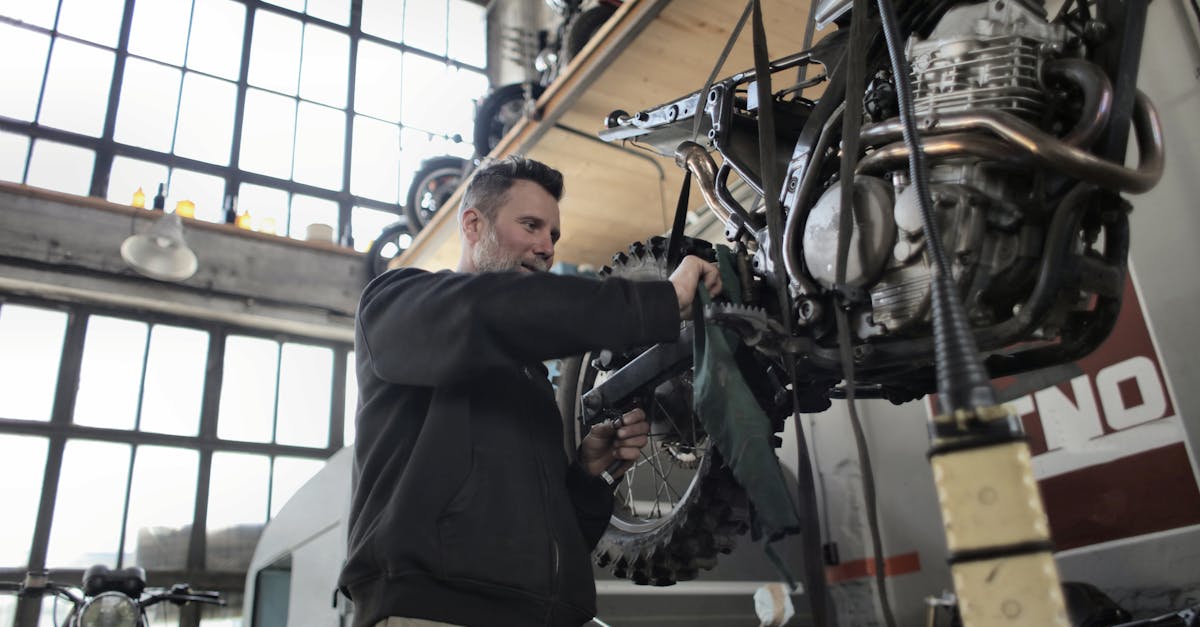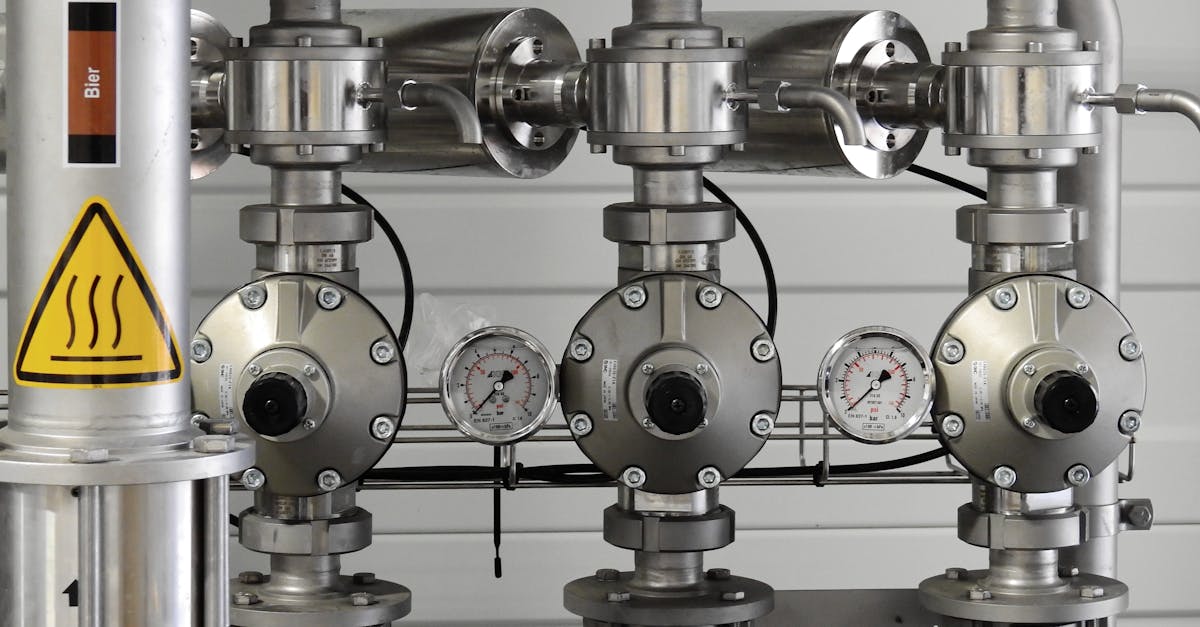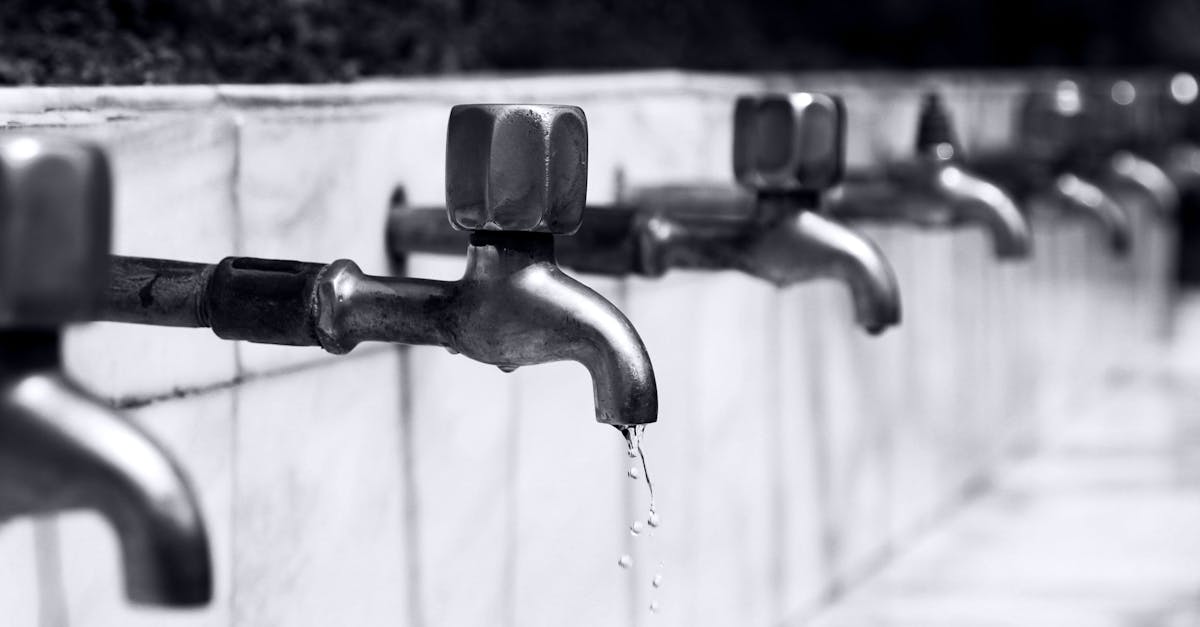
Table Of Contents
Understanding the Causes
Understanding the Causes
Sewer line blockages can be caused by various factors, making it important to determine the root cause before addressing the issue. One common reason for blockages is the accumulation of debris such as grease, hair, soap scum, and food particles. Additionally, tree roots intruding into the sewer pipes, corrosion of the pipes, and improper disposal of items like paper towels and hygiene products can also lead to obstructions. These factors can restrict the flow of wastewater, eventually resulting in a backed-up sewer line. Sewer line installation and repair play a crucial role in preventing blockages by ensuring that the pipes are in good condition and free from any defects that could contribute to clogs.
Regular maintenance and inspection of sewer lines can help identify potential issues early on, allowing for timely intervention to prevent blockages. Engaging in practices such as flushing the system with hot water and avoiding flushing non-biodegradable items down the toilet can also aid in maintaining the smooth operation of the sewer system. By understanding the common causes of sewer line blockages and taking proactive steps to address them, homeowners can minimise the risk of experiencing a backed-up sewer line and the associated inconveniences and costs.
Common reasons for sewer line blockages
Sewer line blockages can be caused by various factors, often leading to inconvenient and unpleasant situations for homeowners. One of the common reasons for sewer line blockages is the accumulation of non-biodegradable items such as wet wipes, feminine hygiene products, and paper towels. These items do not break down easily and can create clogs in the sewer line over time, disrupting the proper flow of wastewater. Another prevalent cause of blockages is the buildup of grease and oil from cooking. When these substances are poured down the drain, they can solidify and adhere to the walls of the pipes, narrowing the passageway for water to flow through. Proper disposal of grease and oil is crucial in preventing sewer line issues.
Tree roots infiltrating sewer lines are another frequent cause of blockages. As trees seek out a water source, their roots can grow into cracks or joints in the sewer pipes, causing obstructions and potentially damaging the pipes. Additionally, the age and material of the sewer line itself can contribute to blockages. Older sewer lines made of materials such as clay or cast iron are more susceptible to damage and collapse, leading to blockages in the system. Regular maintenance and inspection of sewer line installation and repair are essential to identify and address potential issues before they escalate into major blockages.
Environmental Impact
Effects of a backed-up sewer line can have significant environmental repercussions. When blockages occur within the sewer system, untreated sewage overflow can contaminate water sources and surrounding soil. This contamination poses a risk to local ecosystems and wildlife, affecting the delicate balance of the environment. Sewer line installation and repair must be carried out promptly to mitigate these harmful effects.
Furthermore, the release of raw sewage into the environment due to sewer line blockages can result in the spread of harmful bacteria and pathogens. This not only negatively impacts water quality but also poses a threat to public health. Proper maintenance and regular inspections of sewer lines are crucial in preventing environmental degradation and ensuring the wellbeing of communities living in close proximity to these systems.
Potential consequences of a backedup sewer line
Potential consequences of a backed-up sewer line can range from mild inconveniences to serious health hazards. When a sewer line is clogged, wastewater has nowhere to go and may back up into sinks, toilets, or floor drains. This can result in foul odours permeating your home and an unhygienic environment. Additionally, the pressure build-up from the blockage can cause pipes to burst, leading to costly water damage and necessary repairs. Sewer line installation and repair should not be delayed to prevent these consequences from escalating.
Furthermore, a backed-up sewer line poses health risks due to the potential contamination of your living space. Raw sewage contains harmful bacteria and pathogens that can cause illnesses if exposed to humans or pets. In addition to the physical health concerns, the emotional stress of dealing with a sewage backup can be overwhelming. Prompt action is crucial to mitigate the aftermath of a backed-up sewer line, ensuring the safety and well-being of occupants. Sewer line installation and repair must be handled efficiently to minimise the impact on both property and health.
Local Regulations
Local regulations play a crucial role in ensuring the proper functioning of sewer systems. Compliance with these guidelines is essential to prevent environmental hazards and public health risks. Sewer line installation and repair must adhere to the specific regulations set forth by local authorities to avoid potential issues that could affect the entire community.
Local councils often have strict guidelines in place when it comes to sewer line installation and repair. These regulations aim to maintain the integrity of the sewer system and prevent any disturbances that could disrupt the local environment. It is important for individuals and contractors to be aware of and follow these regulations to avoid penalties and to ensure the safe and efficient operation of the sewer system.
Compliance with local sewer system guidelines
Compliance with local sewer system guidelines is vital in ensuring the proper functioning of sewer lines within a community. Local regulations often dictate the specific requirements for sewer line installation and repair to maintain the integrity of the system. Failure to adhere to these guidelines may result in costly repairs and potential environmental hazards. Sewer line installation and repair must be conducted in accordance with the set standards to prevent blockages and ensure the efficient flow of wastewater.
Local authorities enforce regulations to safeguard public health and the environment by guaranteeing that sewer systems operate effectively. Non-compliance with local sewer system guidelines can lead to fines and legal repercussions. It is essential for property owners to engage certified professionals when conducting sewer line installation and repair to avoid violations and maintain the functionality of the sewage network.
FAQS
What are the common reasons for sewer line blockages?
Common reasons for sewer line blockages include tree root infiltration, foreign objects being flushed down the toilet, grease buildup, and structural damage to the pipes.
How can a backed-up sewer line impact the environment?
A backed-up sewer line can lead to sewage overflow, which can contaminate water sources, harm aquatic life, and pose health risks to humans and animals in the surrounding area.
Are there potential consequences of a backed-up sewer line?
Yes, potential consequences of a backed-up sewer line include property damage, foul odours, health hazards, and costly repairs if left untreated.
How can I ensure compliance with local sewer system guidelines when fixing a backed-up sewer line?
To ensure compliance with local sewer system guidelines, it is important to hire a licensed plumber who is familiar with local regulations and follows proper procedures for repairing or unclogging sewer lines.
What are some effective ways to fix a backed-up sewer line?
Some effective ways to fix a backed-up sewer line include using a plumber's snake or auger to remove blockages, hydro jetting to clear out debris, and in severe cases, excavating and replacing damaged pipes. It is always recommended to consult a professional plumber for proper diagnosis and repair of a backed-up sewer line.


